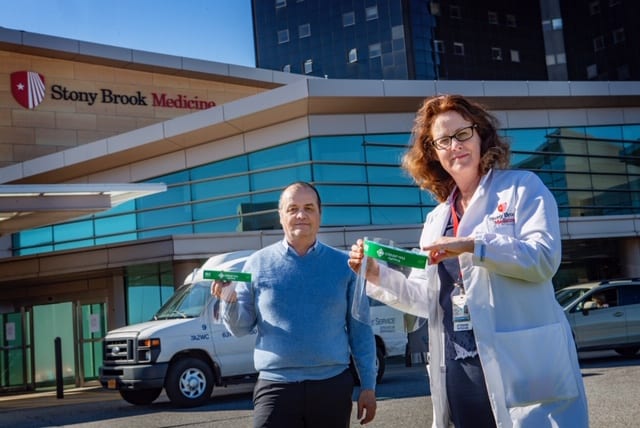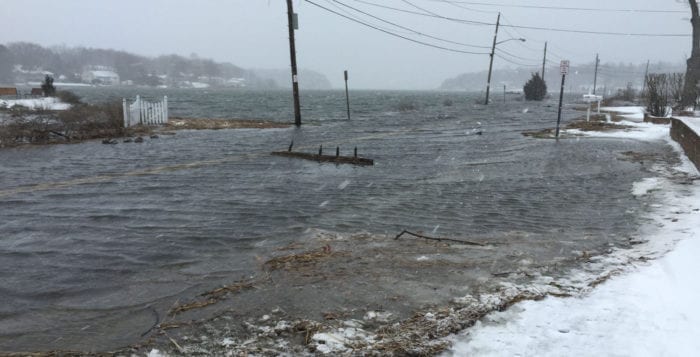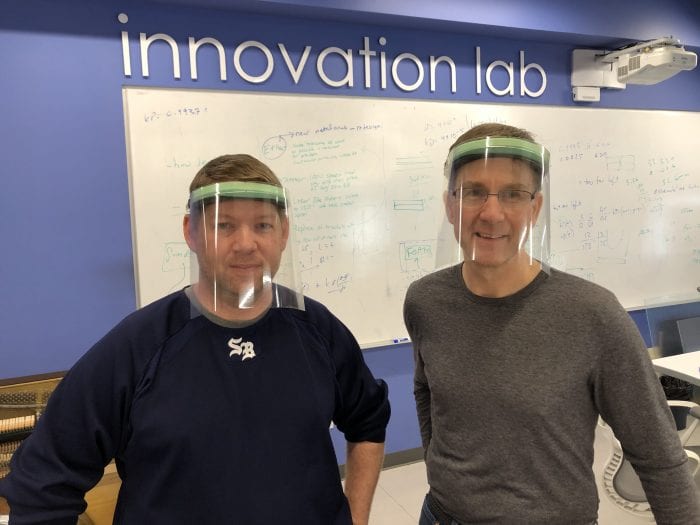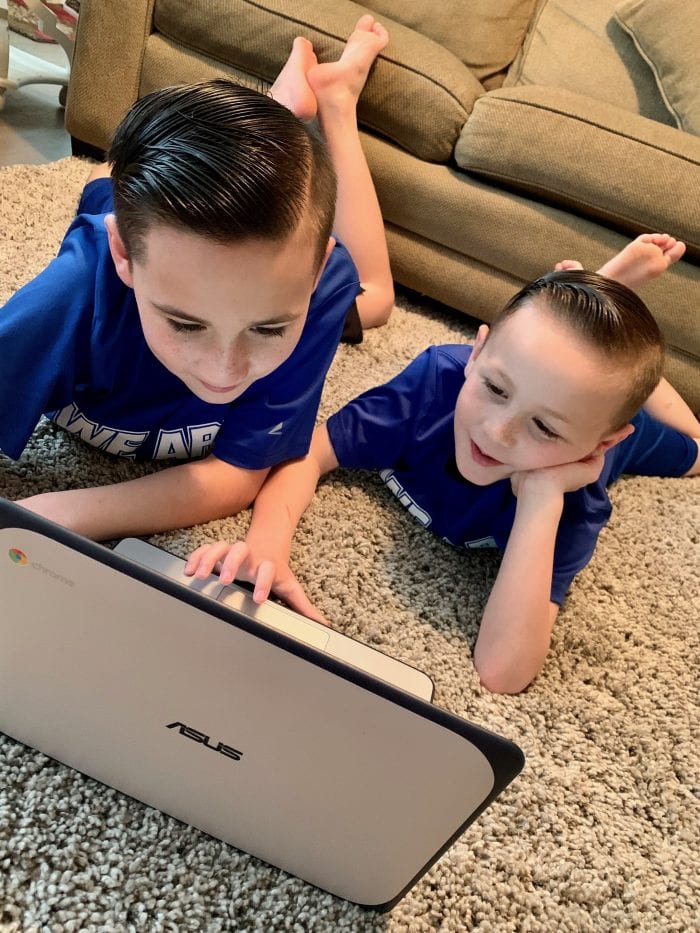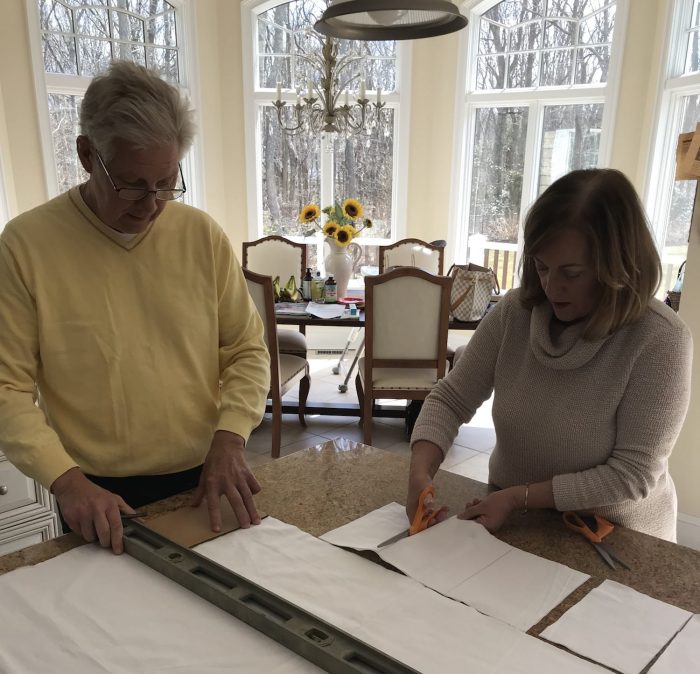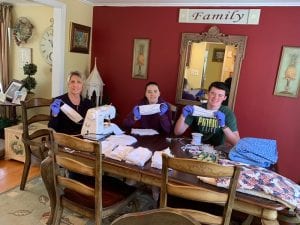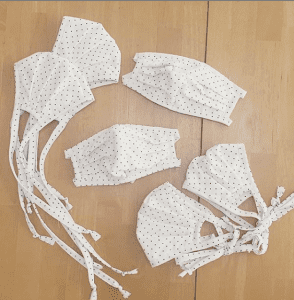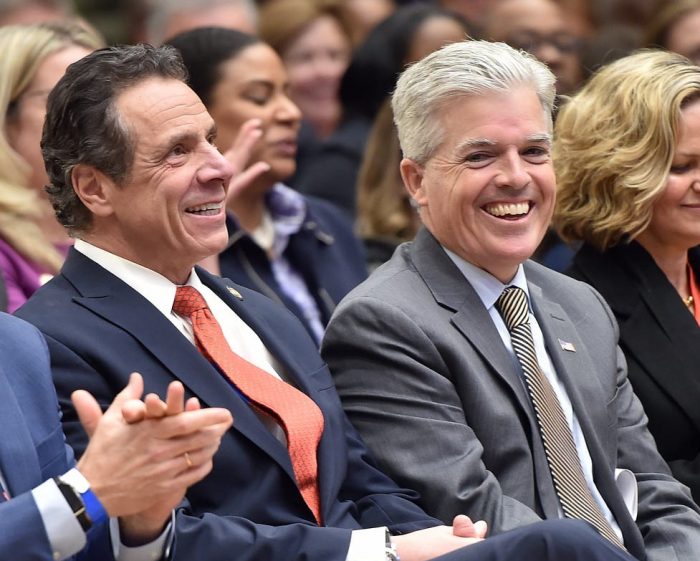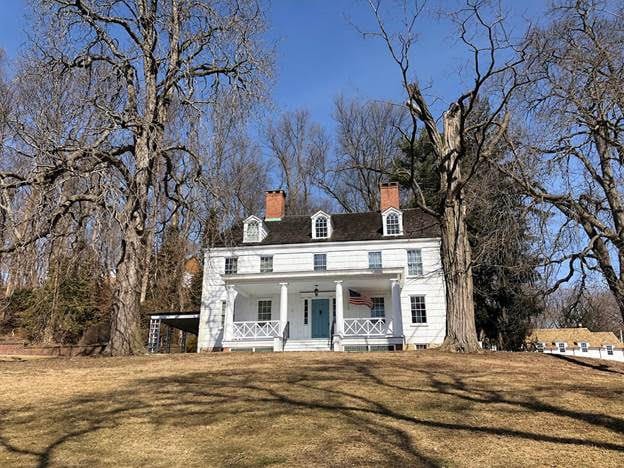By Kyle Barr and David Luces
In other years, the first day of April dawning would have been a time for celebration and maybe a few pranks. This year, during the coronavirus crisis, not many were up for such jubilation.
In a daily call with reporters, Suffolk County Executive Steve Bellone (D) said as of today there were now 69 individual deaths from COVID-19 in Suffolk County. 25 of those individuals died in the past 48 hours and 16 in the past day. The vast majority of deaths were of people who had underlying medical issues.
“We are going to get through this but it is going to get worse before it gets better,” said County Executive Steve Bellone. “We all have the power to make this better by practicing social distancing. If you feel sick stay home.”
The total for all of New York was even more staggering, with Gov. Andrew Cuomo (D) announcing the morning of April 1 nearly 400 people have died in New York State in the span of 24 hours.
Cuomo compared it to the movie “Groundhog Day,” where the main character keeps experiences the same day over and over.
“When does it end? how does it end? I don’t know,” he said during his morning press briefing.
In Suffolk, the current number of people confirmed with the virus is 7,605. Currently over 25,000 have been tested, including 5,400 from the Stony Brook site in the South P lot as of Wednesday morning, Bellone said.
The County Executive also emphasized the 2020 Census, saying as we’re in the midst of this battle, we need to recognize the economic human service impacts.
“If we don’t do what we need to do we will be experiencing shortfalls in aid for the next 10 years,” Bellone said. “We have to make sure we’re getting those census documents filled out.”
The county executive added Child Protective Services continues to do house visits and they have done as many interviews as they can telephonically.
“The government does not close — we are here to deal with crises,” he said. “CPS is one of those they are continuing to operate.”
Stony Brook University Begins Drug Trials to Combat Coronavirus
In a COVID-19 briefing update, Stony Brook Medicine officials said that the hospital has begun a number of clinical trials designed to identify effective therapies for critically ill patients.
Remdesivir, an antiviral drug developed to treat two other RNA viruses, Ebola and Marburg, has been administered to two patients with severe coronavirus. The clinical trials on the drug are led by Dr. Sharon Nachman, chief of the Division of Pediatric Infectious Diseases at Stony Brook Children’s Hospital. Officials said the drug has appeared to be effective in treating COVID-19 in both China and Washington State.
Doctors will also be involved in a Regeneron-sponsored clinical trial on Sarilumab (Kevzara), a monoclonal antibody which blocks binding of interleukin-6 to its receptor. Sarilumab is already FDA approved for the treatment of juvenile rheumatoid arthritis, and more recently for the cytokine storm that accompanies the use of CAR-T cells for acute leukemia. The first Regeneron patient was recruited on March 30.
Stony Brook Medicine will soon be launching a clinical trial of donated, post-convalescent plasma from COVID-19 patients “very soon,” based on the level of antibody titers to SARS-CoV2 in the donor plasma. Serum or plasma therapy for infectious diseases dates to the 1890s, when serum made from immunized animals provided the first effective treatment for Clostridium tetani and Corynebacterium diphtheriae.
In addition, SBU professor Lily Mujica-Parodi has been part of a national effort to employ a wearable technology device called Oura to collect sufficient physiological data, and use deep learning algorithms to predict the onset of SARS-CoV2 infection. This type of device would be most productive and predictive in hospitals where there is a large number of healthcare workers in high-risk-for-infection roles.
LI Company to Begin New Face Shield Production.
Clear-Vu Lighting, a Central Islip-based design company, will begin manufacturing an order of 20,000 new face shields that will be deployed to Stony Brook University Hospital. Mass production is expected to start by early April. Clear-Vu Lighting is gearing up with an expectation to produce 40,000 faceshields per day and approximately 1.2 million per month. Production of face shields to Stony Brook will include supplies for Stony Brook University Hospital and all affiliated hospitals on Long Island.
Preventing a Possible Shortage of Ventilators
Due to the projections of the COVID-19 pandemic, Stony Brook University Hospital is suggesting it may be required to use a single ventilator for up to two patients in case there is a shortage once the number of patients is at its peak. In a Stony Brook Medicine research laboratory, medical professionals are working on a solution to ventilating multiple patients with one ventilator. Putting two patients on one ventilator requires matching patients with similar characteristics, such as sex, height, age and lung sizes, to avoid one patient being over ventilated and the other being under ventilated.
Stony Brook said researchers and doctors are examining the forces that cause unequal distribution of lung volumes and airway pressures, while using complex test models of diseased lungs. With this research, doctors are able to vary airway resistance and compliance and mimic acute respiratory distress syndrome-like conditions, which allows to test the use of inline valves and resistance devices to solve these problems.
Addressing the Growing Need for Additional Staff
To address potential staff shortfalls, the medical school is preparing to allow graduating students to volunteer on the front lines of the epidemic while awaiting the eventual surge of patients.
The Renaissance School of Medicine at Stony Brook University is allowing senior medical students to graduate in early April so they can begin their professional career as a physician at Stony Brook University Hospital. They will be able to work under the supervision of residents, fellows and attending physicians to address the growing number and complexity of patients being admitted to our hospital, precipitated by the COVID-19 pandemic. The graduates would then proceed to begin their residencies July 1.

